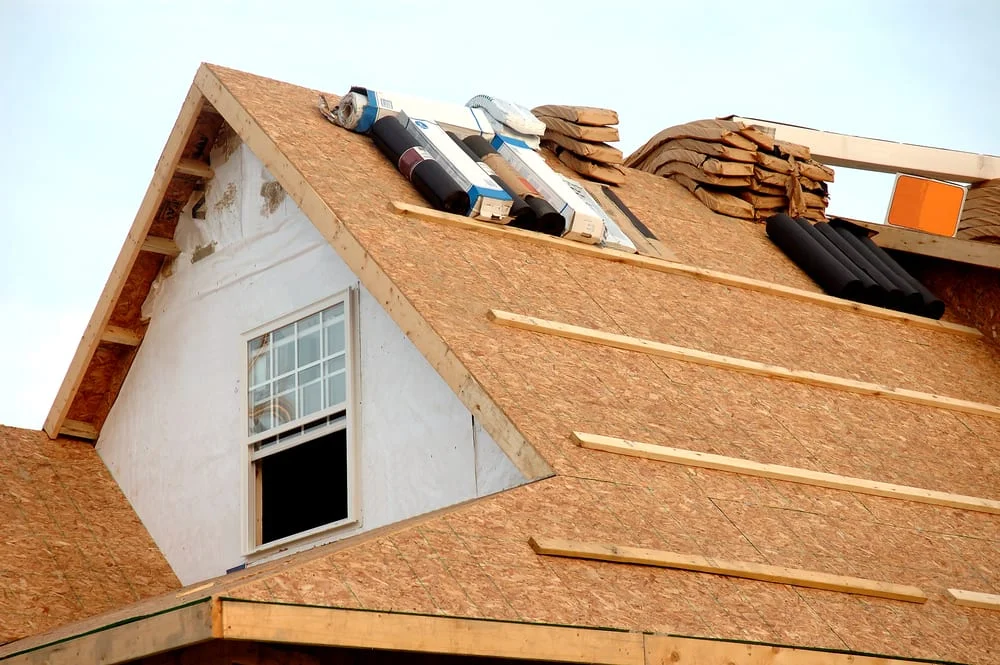While it may never have happened to you and might never happen over the course of your life, we should all be prepared in the event of a fire. These disasters can start for a variety of reasons, and can lead to both injury or death and major property damage and destruction.
At The Roof Doctor, we’re here to tell you that your residential roofing may play a larger role in fire suppression that you had previously thought. As a Utah resident, you might think you’re safe from fire risks now that winter is approaching – this couldn’t be further from the case, as the state’s dry conditions are still absolutely ripe for fires even as the temperatures drop. Let’s go over how shingles help protect your home or building if a fire takes place, plus some basic tactics for limiting your risk of fire damage if one does happen.


Shingles and Fighting Fires
When it comes to roofing and fires, shingles are the most important element. Originally developed for waterproofing, it was quickly realized that shingles constructed using fiberglass rather than asbestos were fantastic for preventing fire risks in a given building.
What’s important here is the class rating of your shingles. For optimal fire protection, you want Class A-rated fiberglass-asphalt shingles – these are not fireproof, per se, but they’re highly fire resistant. This means they won’t contribute to the spread of a fire, which is vital for preventing mass fire issues. During a fire, Class A-rated shingles won’t break off, won’t crack, won’t warp, and most of wall won’t risk exposing the underlying parts of the roof. Flames will be contained only to the shingles themselves, which also won’t give off burning embers that spread the fire elsewhere.
On the other hand, shingles that are not A-rated should not be used if fire safety is a top priority.
Fire-Feeding Conditions
As we noted, shingles are fire-resistant – they will stop the spread of a fire, but they will not actually put it out or stop it from starting to begin with. For better safety in these areas, you have to take some basic precautions: Trim overhanging tree branches near the roof, for instance, especially any near electric power lines. Keep tall shrubs or bushes away from the side of your home, and collect dry leaves during the fall period to eliminate possible kindling.
Indoor Considerations
If a fire originates inside the home, it might not matter if you have high-quality shingles – many of your materials will be burned up before it ever reaches this point. For this reason, we recommend basic fire safety practices like turning off electronics and stoves when not in use, keeping fire extinguishers in the home, and keeping children away from any sources of flames. In addition, we recommend fiberglass attic insulation, which will not burn in the case of a fire that begins inside the home.
For more on shingles, roofs and fire protection, or to learn about any of our designer roof shingles or roofing repair services, speak to the staff at The Roof Doctor today.
